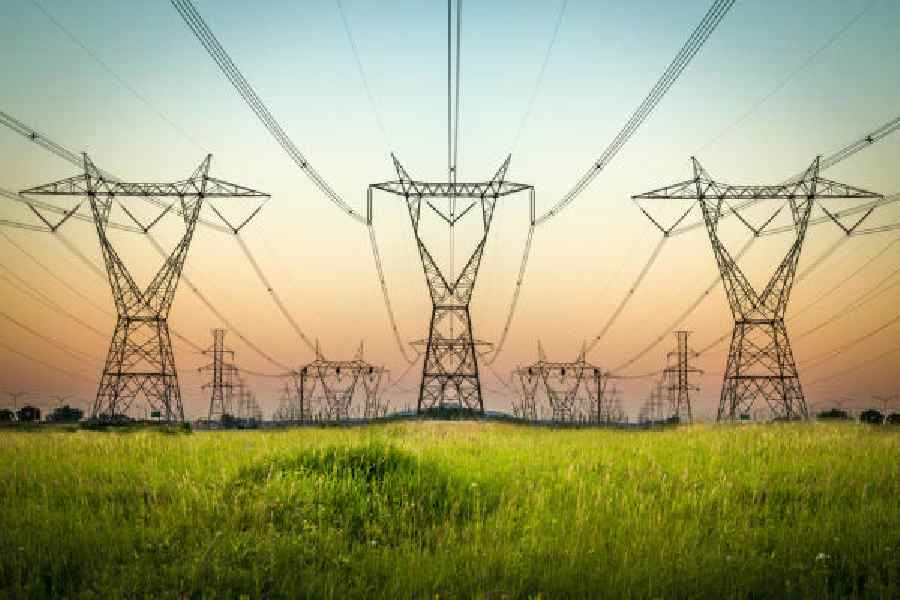Carbon-free electricity has never been more plentiful. Wind and solar power have taken off over the past two decades, faster than experts ever expected. But it hasn’t yet been enough to halt the rise of coal and gas-burning generation.
Much of the rising power demand has come from rapidly developing countries such as China and India, where new coal plants are still coming online alongside wind and solar farms. But many industrialised nations are also not moving away from fossil fuels fast enough to meet their stated climate change goals.
Experts broadly agree that keeping global temperature rise to “well below” 2°Celsius, the world’s self-imposed climate goal — and ideally as low as 1.5° — will require peaking and then rapidly reducing fossil-fueled power, in favour of carbon-free sources, such as wind and solar.
“The big question,” said Dave Jones, an electricity analyst at Ember, London, UK, is whether countries can increase the pace of renewable energy deployment so that they’re not just bringing down power sector emissions slowly, but “actually enabling deep and rapid carbon dioxide emissions cuts”.
Falling fossil fuels
In the US and much of Europe, fossil-fueled power generation has been declining for years, especially coal. It has even started to fall in coal-reliant Australia.
Wind turbines and solar panels generated 22 per cent of the EU’s electricity last year, up from less than 1 per cent two decades ago. The US made 15 per cent of its electricity from wind and solar energy last year.
Lower overall electricity demand also contributed to the decline of fossil-fueled power.
Electricity consumption grew rapidly in rich countries such as the US and many European nations during the previous century, but started to plateau or even decline in the 2000s thanks to improved energy efficiency and outsourcing heavy industries.
Yet neither the US’s nor the EU’s trajectories are currently on track to meet the world’s ambitious 1.5 °Celsius climate goal.
Growth through coal
The trend so far looks very different in countries with rapidly growing economies — nowhere more so than in China.
China overtook the US as the world’s single largest power producer in 2010, and now makes nearly one-third of the world’s electricity.
For decades, the country’s soaring power demand was fulfilled largely by coal, the most polluting fossil fuel. Coal-fired generation continued to grow, though at a slower pace, even as China significantly expanded carbon-free power in recent years.
Now, China’s power sector is getting close to a turning point.
Energy analysts expect carbon-free power to grow enough in the next few years to start pushing out coal-fired electricity in China, too. And because of the country’s outsize share of the global total, peak coal power in China will likely be a global one.
How quickly coal power and related emissions will decline
after that peak is less clear. China said it would speed up renewable energy deployment to “accelerate the substitution for coal, oil and gas generation” and agreed to pursue “meaningful” power-sector emissions cuts over the next decade. But whether it will stop approving new coal plants remains to be seen.
Coal continues to dominate electricity generation in other rapidly developing countries, many of them in Asia, as well.
India, the world’s most populous nation, has set strong renewable energy targets, but officials say the country still needs coal to develop its economy and provide reliable, affordable power to millions of people. Indonesia, meanwhile, said it could phase out coal power by 2040 if it gets enough financial help from rich countries to build up cleaner energy.
Financing wind and solar projects remains a challenge for developing countries, said Faran Rana, an associate programme officer at the International Renewable Energy Agency. “When you look at life cycle costs, renewables are by far more cost-competitive than any fossil-fueled generation,” he said. “But the upfront cost is a barrier.”
NYTNS










